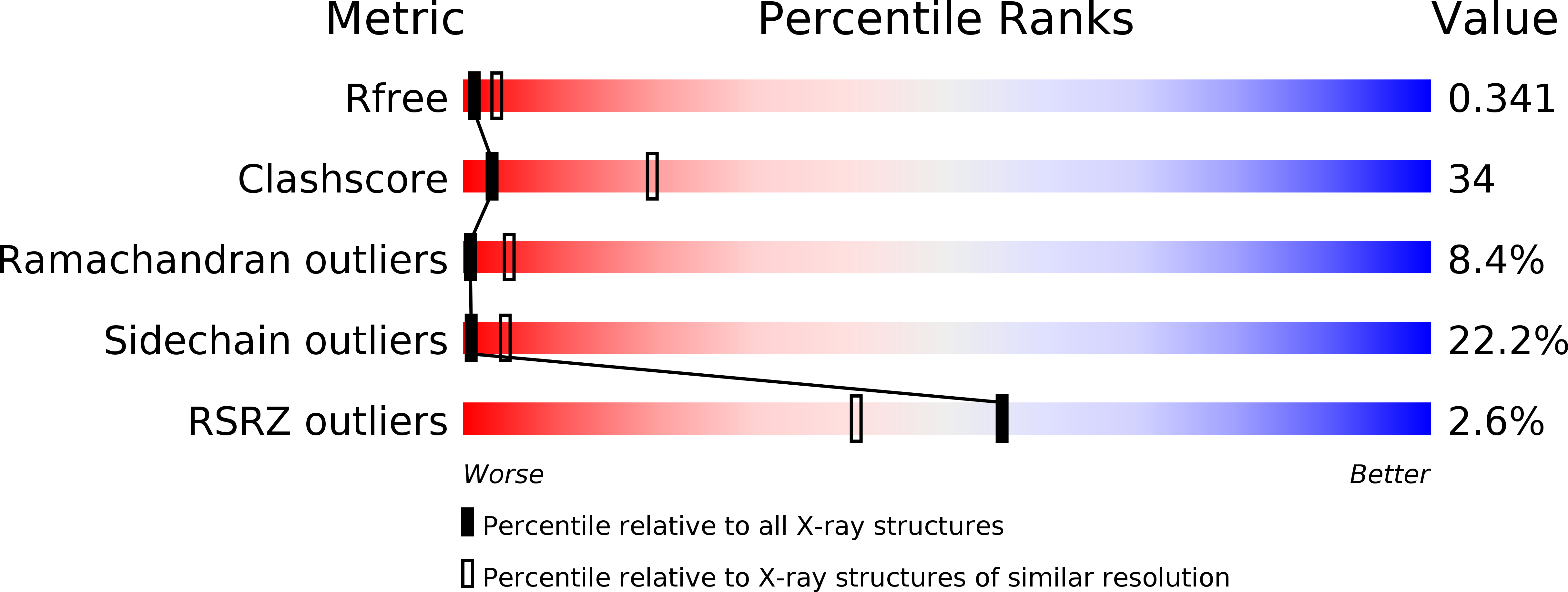
Deposition Date
2010-01-06
Release Date
2010-02-02
Last Version Date
2024-10-16
Entry Detail
PDB ID:
3LAQ
Keywords:
Title:
Structure-based engineering of species selectivity in the uPA-uPAR interaction
Biological Source:
Source Organism:
Mus musculus (Taxon ID: 10090)
Host Organism:
Method Details:
Experimental Method:
Resolution:
3.20 Å
R-Value Free:
0.34
R-Value Work:
0.23
R-Value Observed:
0.23
Space Group:
P 1 21 1


